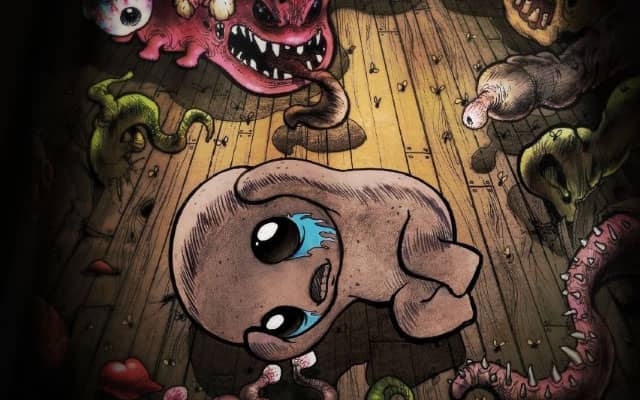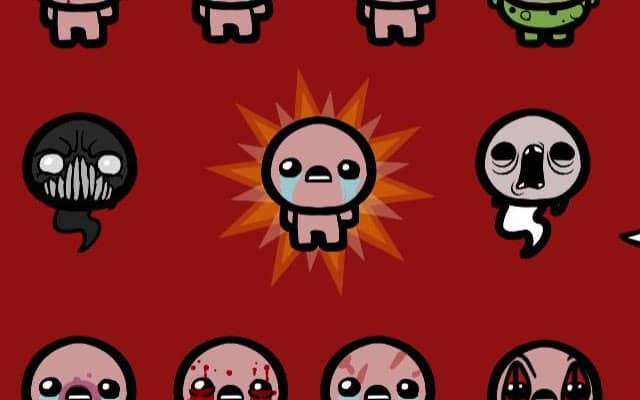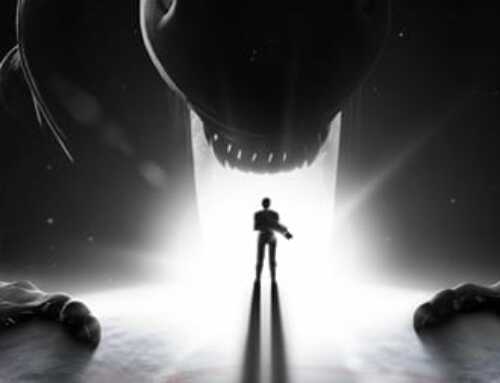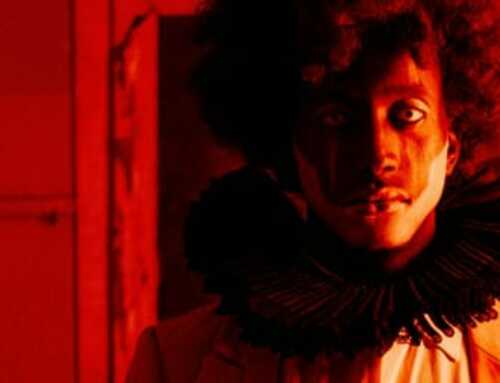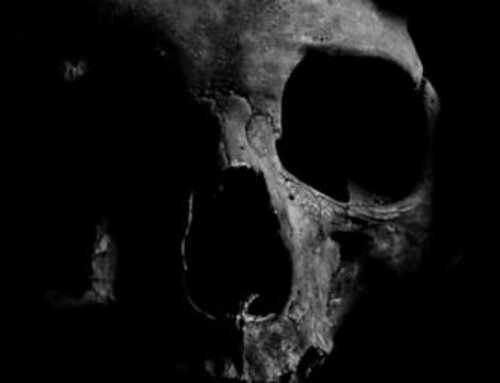Nintendo has long been known as the family friendly video game company, so it was a little odd that one of the release titles for their new system (the Nintendo Switch) was a port of the crude, gory little indie cult classic The Binding of Isaac, complete with all of its updates and expansions (titled The Binding of Isaac: Afterbirth+). For those unfamiliar with it, “Isaac” is a rogue-like game (we’ll get to that later) inspired by the dungeons of the original “Legend of Zelda” game, and then filled with blood, feces, and religious imagery. It’s essentially the video game equivalent of the doodles found in an edgy fifteen year old’s notebook.
The Binding of Isaac is loosely based on the biblical story of Isaac. It’s about a very young boy named Isaac whose mother hears the voice of God telling her to kill her child. Isaac then runs away from his mother and flees down into the basement, which turns out to be a labyrinthine catacomb. This catacomb is full of spiders, flies, grotesque monsters, and enormous piles of poop. This game is certainly not subtle. The game has 20 different endings, many of which build on one another in order to encourage repeat endings to get to the real truth of the story.
There is no denying that “Isaac” is an incredibly stylish game. The monsters are all incredibly grotesque, but in a very particular way. They’re not simply gross for its own sake, nor are they the kind of surreal monstrosities we see in “Silent Hill.” Instead, what we see here are largely exaggerated and deformed reflections of Isaac himself, his mother, and eventually, twisted versions of various religious figures (such as angels, The Lamb, and Mega-Satan). Despite the grotesque horror here, though, it’s all presented in a very simple, cartoonish style. This really jarring contrast is what creates a lot of the charm of “Isaac.” It forces the player to view things in the strange yet simplistic and childish way that Isaac does.
While there’s nothing particularly wrong with the sound design of “Isaac,” it is probably the game’s weakest point. The game’s music is pretty great, a nice mix of driving electronics and choral voices. The voice-acting in the cut scenes is fantastic, especially for an indie game. The sound-effects, however, are where the real problem lies. It’s not that the sound-effects are bad or anything like that, it’s just that they get pretty repetitive. A little more variety would have been fantastic here.
“Isaac” is a very difficult game. As I said earlier, it is a rogue-like (or rogue-lite, depending on who you ask) game. What this means is that the entire game is a randomly generated dungeon, there is no way to save the game, and that the difficulty is a key selling point. There’s a lot more to the definition than that, but those are the very basics. Players take control of Isaac (or one of the other unlockable characters) and explore the dungeon in the basement, using Isaac’s tears as a weapon to shoot at monsters. Along the way you pick up items. You defeat bosses to move further down the dungeon. It’s a pretty simple set-up with a lot of variables to add enough complexity to keep it thoroughly engaging.
The Binding of Isaac: Afterbirth+ was a very strange choice for Nintendo. It’s incredibly different from just about anything else ever released on their systems. In fact, they had even canceled an earlier port of the game for the 3DS because they couldn’t come to an agreement with the developer about the game’s content. Much like the Nintendo Switch itself, this game was a huge risk. However, I think that risk has definitely paid off here and Nintendo has brought something to their fans which, while not necessarily new, is probably going to be pretty new to most of them.


